And what it tells us about curating the art you make
My friend Axeslasher shared this article about Bob Seger’s fading recording legacy with me. The article tells the fascinating story of the recordings of Bob Seger — a classic rock staple and, arguably, one of the greatest exponents of American rock ’n’ roll. The central question of the piece is: why is it so hard to find the records of Bob Seger in an age of limitless, ubiquitous digital distribution? In the course of exploring this question, the author tells the bootstrapped story of Seger who had nine albums out before Night Moves went platinum in 1977.
In our age of the limitless, ubiquitous availability of recorded music, we won’t ever have another of the troubadour-conquerors who thundered down the long and lonesome highways, defeating one club audience at a time until the entire country had been made safe for rock ’n’ roll. But we can relate with Seger’s story of a tenacious musician who put out album after album before anyone knew who he was. And we can learn the lesson that unless you take care of it, no one else will care for your art.
In short (and don’t let this dissuade you from reading the entire article which is full of great rock ’n’ roll stories), Seger only has one studio album available on iTunes (along with two anthologies and two live albums) and few left in print physically. For a man who recorded seventeen albums, this is shocking. It is shocking not only because that studio album is not a classic that would speak to his legacy but one from 2014. It is shocking primarily because catalog album sales are often how older artists make money. From the article:
Simply stated, this is a bizarre state of affairs. Catalog sales (traditionally defined as anything not released in the past 18 months) have always represented a huge chunk of record industry revenue, and catalog’s percentage of total revenue has been increasing steadily for a decade — according to Nielsen Music, catalog accounted for 37% of all sales in 2005, had risen to 49% of all sales by 2014 and surpassed new releases to represent the majority of all sales for the first time in 2015. That same year, Nielsen reported that catalog represented nearly 70% of plays on streaming services.
There is that other concern of legacy. Seger’s greatest hits are a mainstay of classic rock radio. So perhaps he doesn’t have to worry about preserving his own legacy (or worry about his mechanical royalties) when “Night Moves,” “Turn the Page,” “Hollywood Nights,” “Old Time Rock ’n’ Roll,” “Against the Wind,” and “Like a Rock” are played literally every day on radio everywhere. Anyone wishing to hear where Seger started though, is out of luck. Some of this is due to Seger’s lack of interest in preserving that legacy. The article on NPR quotes a 2007 interview with him in which he said, “People keep saying: ‘I want to hear that album.’ And I go: ‘No, that’s okay.’”
Perhaps you think the same of your early recordings. We’re all embarrassed to some degree by our initial creative spaghetti-throwing. Seger’s story, though, should tell you that if you don’t take care of your work, no one else will. He’s a platinum artist many times over but Like a Rock, the album with the song that sold Chevy trucks for 13 years, is out of print.
This is why you have to be your own curator
If the parable of Bob Seger teaches you anything, I hope it is that you are your own curator — an argument I’ve been making for years — and a lesson I continually learn myself. You should have a plan — not despite being an indie artist, but because you are an indie artist— for preserving your recorded music.
For one thing, it’s a catalog. And those catalog sales do mean something even when we’re selling only a few copies to a few people. If you play a gig and your merch is limited to one CD with five songs, you have less to keep listeners hooked than three digital albums they can buy at any time, anywhere.
For another, I just think it’s cool. It’s cool to show where we started with our art. It’s cool even when it’s music of which you’re not especially proud because it gives your fans something really personal through which to connect with you.
Curating means more than just making it available
Curating is also strategy. If you have new release coming out — a professionally-recording studio album, for example — and you’re paying to distribute it to iTunes, Amazon, Google Play, you should also think of distributing another home studio record or live EP through those same channels, so that fans who go there for the new album, find the old releases too.
One of the things I like best about Bandcamp is that it allows you to put a complete catalog online for free and set your prices or allow your fans to pay what they want or download for free. (You only pay them a percentage when fans start downloading.) Bandcamp makes it very easy to make everything you’ve ever made available. When you have time and resources to apply some strategy to your releases, then you can invest in digital distribution.
If you really want to be part of a common artistic legacy…
We’re all part of an ongoing creative conversation. We’re all sharing knowledge and culture as we make art. If you want your legacy to be that you were an active participant in that conversation, consider sharing your music under a Creative Commons license. One way to do this and preserve your recordings is to contribute to the Internet Archive.
Bob Seger may not care too much about keeping his old albums in print. In one way, it’s refreshing that a star of his stature is not hung up on constantly revisiting and revising his legacy but in large sense, it is a shame that his legacy will just be the hits and not how he got to them.
It’s a pretty safe bet that you won’t sell as many albums as Bob Seger. That doesn’t mean you shouldn’t put care into preserving your art.
Post Script: I interviewed Axeslasher — who inspired this article — a few months ago. Find them at axeslasher.com.
















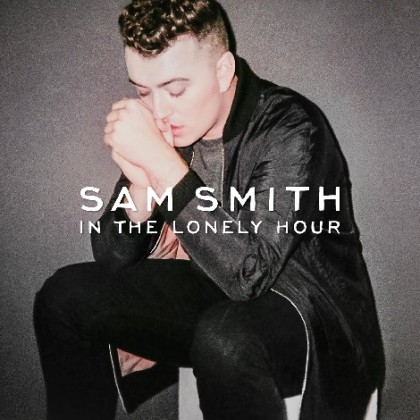








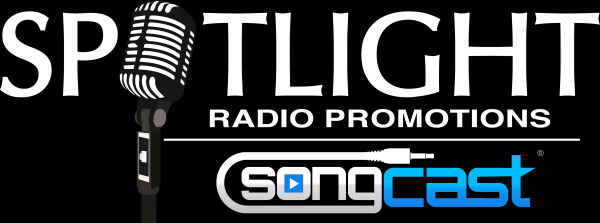
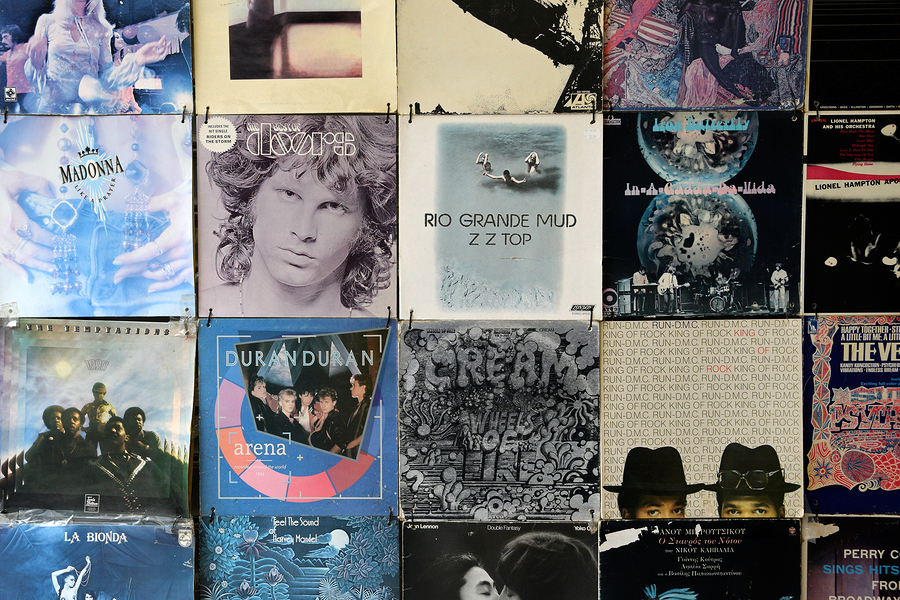














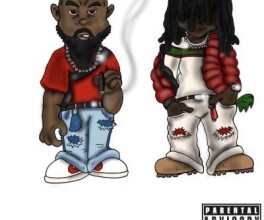

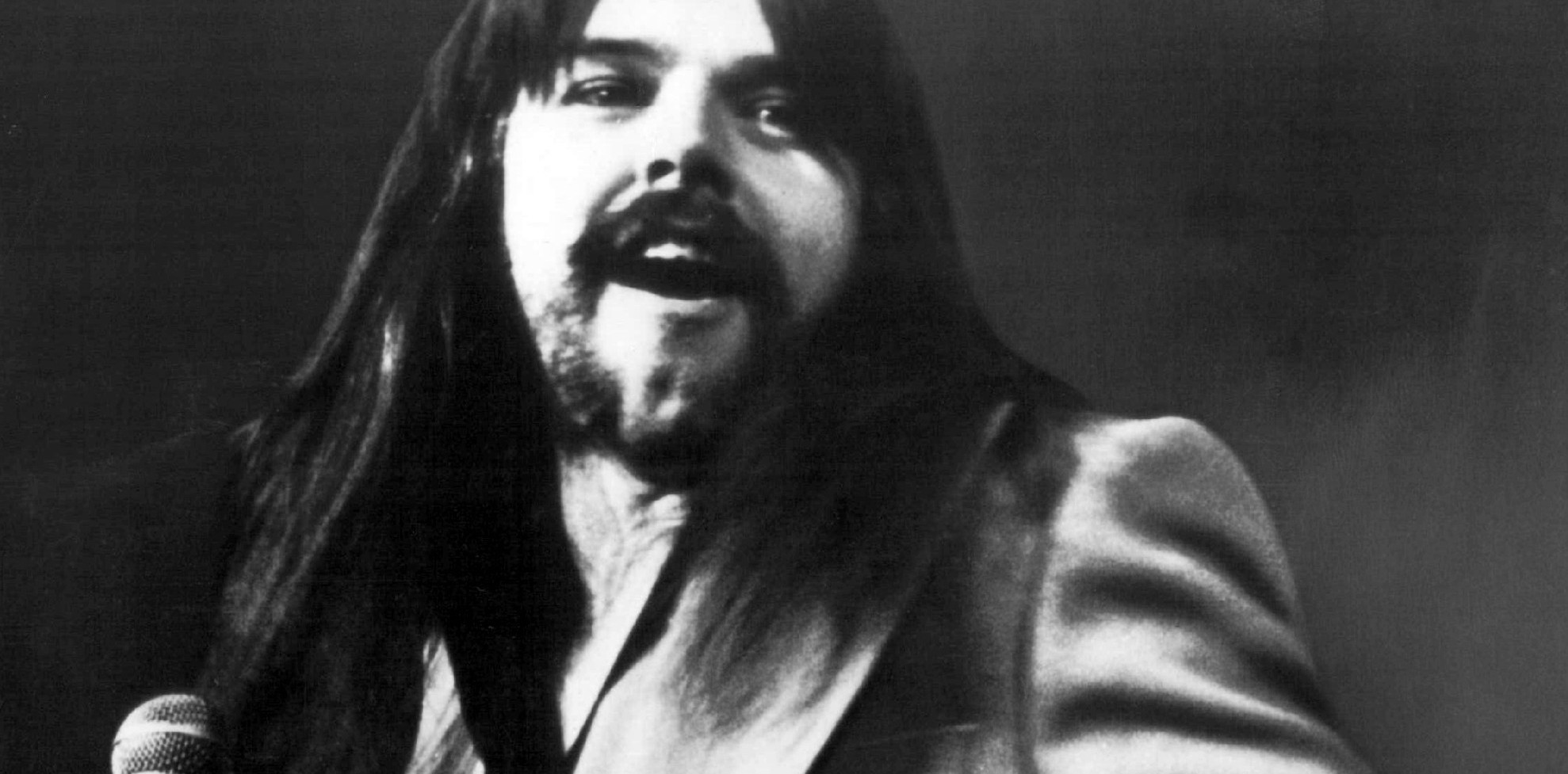
Comments
No comment